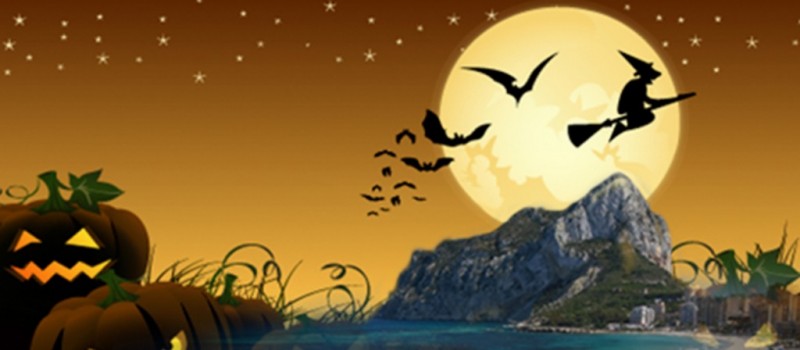Halloween: more Spanish than we think ...

Published 23 October 2013 by I love Costablanca
On the night of 31 October, the longest night of the year, has always been associated with fear, death, black magic and spirits.
During the eighteenth century in Galicia and Asturias, it is said that children would carry lamps and beg for food at the doors of the houses on the eve of All Saints. Banquets were also held at the graves of ancestors.
Halloween is much more than a marketing strategy. Its origins date back to to the Celtics more than 2,500 years ago. 31 October was the Samhain, which was the celebration of the end of summer and the Celtic year. It was believed that on this day the line that joins this world with the other world narrowed, allowing spirits to roam.
Halloween Story
To prevent evil spirits from taking over the bodies of the living, it is said that in Celtic villages, houses would be decorated with bones and skulls and even the people themselves wore costumes of animal skins and masks for the purpose of adopting the appearance of an evil spirit. Also, at the same time, those loved ones who had gone on to a "better life", were thought to revisit their homes. Places were set at the dinner table or by the fire to welcome them.
When the Romans arrived they were unable to embrace this tradition. All Saints was introduced in the year 609, and was originally celebrated on 13 May 13. In 835, it was moved to 1 November at the behest of Pope Gregory IV. Today, this is a significant day in which families visit cemeteries to honour the memory of their dead and eat sweets as Holy Bones. In England that day was called "All Hallows' Day" and Eve "All Hallows' Eve", hence Halloween.
It was not until the mass Irish and Scottish immigration during the 19th century that Halloween was brought to the United States and Canada, spreading among others, the habit of carving Jack-o'-lanterns. The Americans replaced the traditional turnips and zucchinis with pumpkins which were larger and easier to carve.
So we can say that when we celebrate Halloween, we are not adopting an American custom, but it is a historical recovery of our part. And why not, any excuse to dress up and go out and party!









